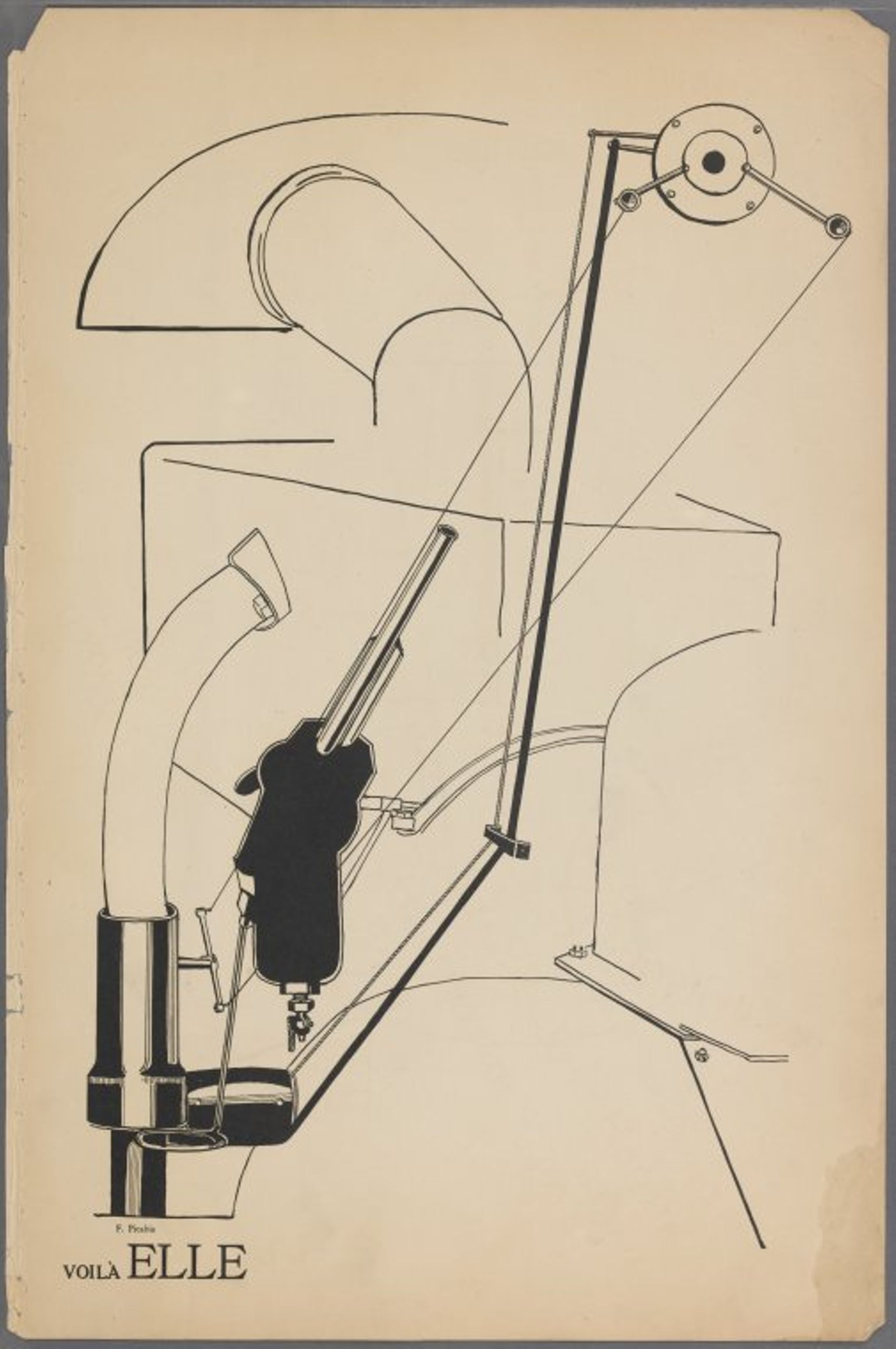Mechanthropomorphism on:
[Wikipedia]
[Google]
[Amazon]
Mechanomorphism is the tendency of humans to see the mechanomorphism
in In the visual arts, the mechanomorphism was used by the adherents of
In the visual arts, the mechanomorphism was used by the adherents of
machine
A machine is a physical system that uses power to apply forces and control movement to perform an action. The term is commonly applied to artificial devices, such as those employing engines or motors, but also to natural biological macromol ...
-like behavior in other humans, animals, and other non-machine entities (like universe).in
Collins English Dictionary
The ''Collins English Dictionary'' is a printed and online dictionary of English. It is published by HarperCollins in Glasgow. It was first published in 1979.
Corpus
The dictionary uses language research based on the Collins Corpus, which is ...
It is considered to be one face of the man-machine duality (the "human-as-machine" side), the other being anthropomorphism
Anthropomorphism is the attribution of human traits, emotions, or intentions to non-human entities. It is considered to be an innate tendency of human psychology. Personification is the related attribution of human form and characteristics t ...
of an intelligent device, like a computer (thinking of the "machine-as-human"). When the reflection goes on in both directions, with real life engaged in machine-like behavior that in turn imitates real life, a term mechanthropomorphism is sometimes used, for example, to describe a ballet where human dancers are performing as machines that engage in a human-like behavior.
R. H. Waters proposed to use the term in behavioristic psychology
Psychological behaviorism is a form of behaviorism—a major theory within psychology which holds that generally human behaviors are learned—proposed by Arthur W. Staats. The theory is constructed to advance from basic animal learning principles ...
in the 1948 as a label for "the ascription of mechanical characteristics to the ..individual, and the interpretation of human behavior in terms of concepts and processes ..of machines", an opposite of anthropomorphism.
The use of the term to describe the mechanical metaphor of the neoclassical economics
Neoclassical economics is an approach to economics in which the production, consumption, and valuation (pricing) of goods and services are observed as driven by the supply and demand model. According to this line of thought, the value of a go ...
dates to K. H. M. Mittermaier (1986).
 In the visual arts, the mechanomorphism was used by the adherents of
In the visual arts, the mechanomorphism was used by the adherents of machine aesthetic
The machine aesthetic "label" is used in architecture and other arts to describe works that either draw the inspiration from industrialization with its mechanized mass production or use elements resembling structures of complex machines (ships, pla ...
to define the complexity of human behaviors and social interactions through the mechanistic symbols (electric spark
An electric spark is an abrupt electrical discharge that occurs when a sufficiently high electric field creates an Ionization, ionized, Electric current, electrically conductive channel through a normally-insulating medium, often air or other ga ...
power, spinning wheel
A spinning wheel is a device for spinning thread or yarn from fibres. It was fundamental to the textile industry prior to the Industrial Revolution. It laid the foundations for later machinery such as the spinning jenny and spinning frame, ...
inertia, confined movements of a mechanical joint
A mechanical joint is a section of a machine which is used to connect one or more mechanical parts to another. Mechanical joints may be temporary or permanent; most types are designed to be disassembled. Most mechanical joints are designed to all ...
), as in the works of Marcel Duchamp
Henri-Robert-Marcel Duchamp (, ; ; 28 July 1887 – 2 October 1968) was a French painter, sculptor, chess player, and writer whose work is associated with Cubism, Dada, Futurism and conceptual art. He is commonly regarded, along with Pablo Pica ...
or Francis Picabia
Francis Picabia (: born Francis-Marie Martinez de Picabia; 22January 1879 – 30November 1953) was a French avant-garde painter, writer, filmmaker, magazine publisher, poet, and typography, typographist closely associated with Dada.
When consid ...
. The view of women as "love machines" was used for their sexual objectification
In social philosophy, objectification is the act of treating a person as an object or a thing. Sexual objectification, the act of treating a person as a mere object of sexual desire, is a subset of objectification, as is self-objectification, th ...
. Picabia commented on his ''Voilà Elle'', "Here she is, an incomplete tubular machine: “she” is simply the HOLE of the target, whose reaction to the shot wad of fire from the gun initiates her own continual penetration".
In human-animal studies anthropomorphism and mechanomorphism sometimes are used in opposition to each other. The mechanomorphic views date back to the beast-machine theory of Descartes. Descartes in his Discourse on Method
''Discourse on the Method of Rightly Conducting One's Reason and of Seeking Truth in the Sciences'' () is a philosophical and autobiographical treatise published by René Descartes in 1637. It is best known as the source of the famous quotation ...
(1637) declared that, unlike a human with his conscious actions, the behavior of an animal can be completely described by the laws of physics, and thus an animal shall be considered a machine lacking the soul
The soul is the purported Mind–body dualism, immaterial aspect or essence of a Outline of life forms, living being. It is typically believed to be Immortality, immortal and to exist apart from the material world. The three main theories that ...
.
References
Sources
* * * * * * * * * * * Descriptive technique {{psychology-stub